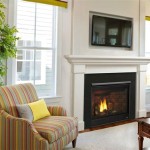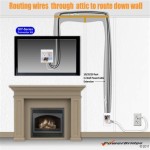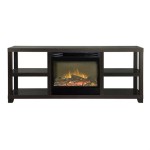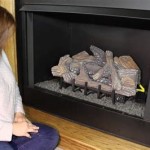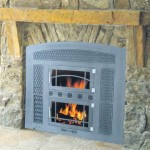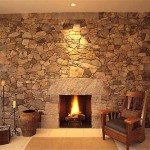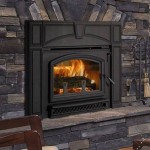Essential Aspects of Fireplace Insert Venting Options
Fireplace inserts transform traditional wood-burning fireplaces into highly efficient heating systems. One crucial aspect of these inserts is their venting, which ensures the safe removal of harmful gases and smoke produced during combustion. Understanding the different venting options available is vital for optimal performance and safety.
Types of Venting Options
Direct Vent: Direct vent inserts utilize dual-walled pipes that run directly outside through the wall or roof. This type of venting is preferred for modern homes with tight building envelopes and efficient HVAC systems. It provides excellent draft and temperature control, while minimizing heat loss.
B-Vent: B-Vent inserts use a single-walled metal pipe that connects to an existing masonry chimney. This option is suitable for older homes with masonry fireplaces. It requires a secure connection to the chimney to prevent leaks and ensure proper venting.
Power Vent: Power vent inserts employ a fan to force combustion gases and smoke out of the home. This option is ideal for situations where traditional venting is not possible, such as in homes without a chimney or in multi-story buildings.
Factors to Consider
When choosing a venting option, consider the following factors:
- Building Envelope: Direct vent inserts are more compatible with modern homes with tight envelopes, while B-Vent inserts are suitable for older homes.
- Chimney Condition: B-Vent inserts require a well-maintained masonry chimney for proper operation.
- Draft and Temperature Control: Direct vent inserts offer superior draft and temperature control compared to B-Vent inserts.
- Heat Loss: B-Vent inserts can lead to heat loss through the chimney, while direct vent inserts minimize heat loss.
- Fuel Type: Some fireplace inserts are designed specifically for gas or wood-burning fuels. Choose an insert compatible with your fuel source.
Professional Installation
Proper venting is crucial for the safe and efficient operation of fireplace inserts. It is highly recommended to hire a qualified professional for the installation. They will assess your home, determine the most suitable venting option, and ensure a secure and leak-free installation.
Maintenance and Inspection
Regular maintenance and inspection of fireplace inserts are essential for safety. These tasks include:
- Cleaning the venting system to remove soot and debris.
- Inspecting the venting pipes and connections for signs of damage or leakage.
- Ensuring the fan is operating correctly (if applicable).
Conclusion
Choosing the right fireplace insert venting option is crucial for maximizing heating efficiency, safety, and home comfort. By considering the factors mentioned above and consulting with a professional, you can ensure a well-functioning fireplace insert that provides warmth and ambiance for years to come.

What Are The Best Ways To Vent A Gas Fireplace Zoroast
Gas Fireplace Venting Explained Heat Glo
Gas Fireplace Venting Explained Heat Glo

What Are The Best Ways To Vent A Gas Fireplace Zoroast

Venting Options Proper Ventilation Information For Gas Fireplaces

Versatile Direct Vent Options

Vented Vs B Vent Direct Free Dixie S

What Are The Best Ways To Vent A Gas Fireplace Zoroast

How To Install A Direct Vent Pipe
.aspx?strip=all)
Types Of Gas Fireplaces Styles Venting Explained Regency
Related Posts


